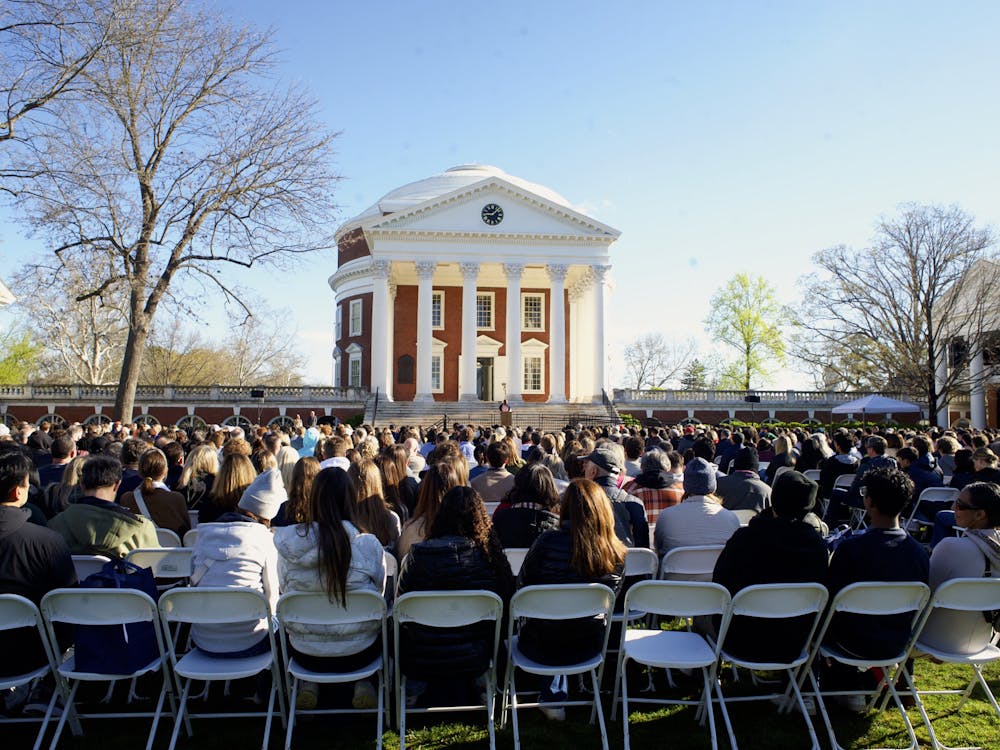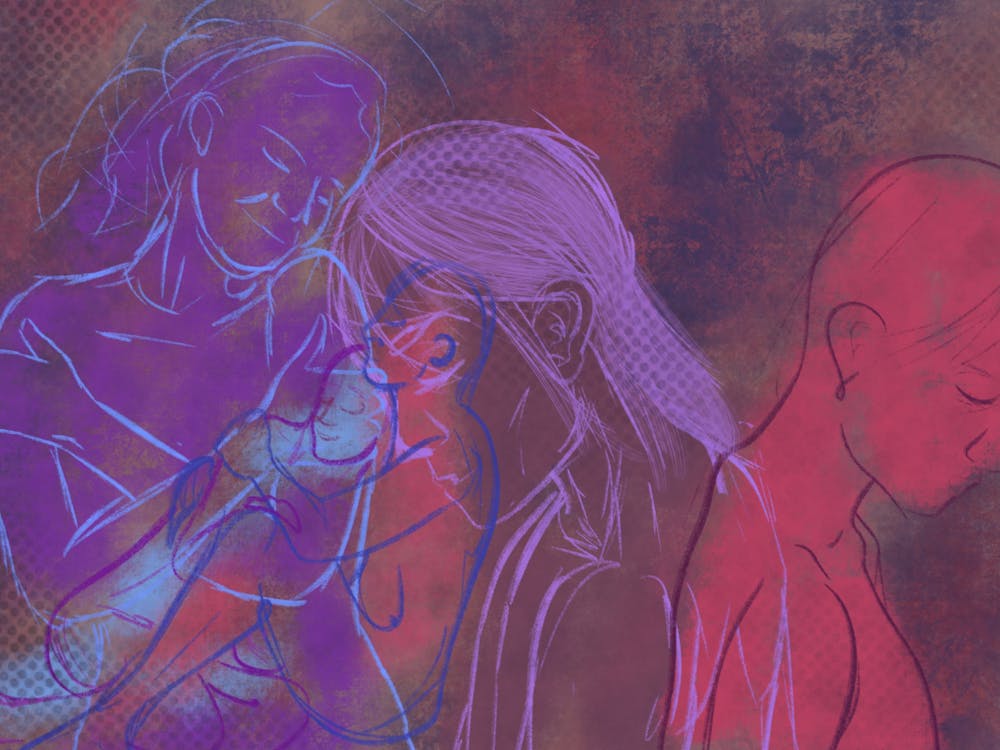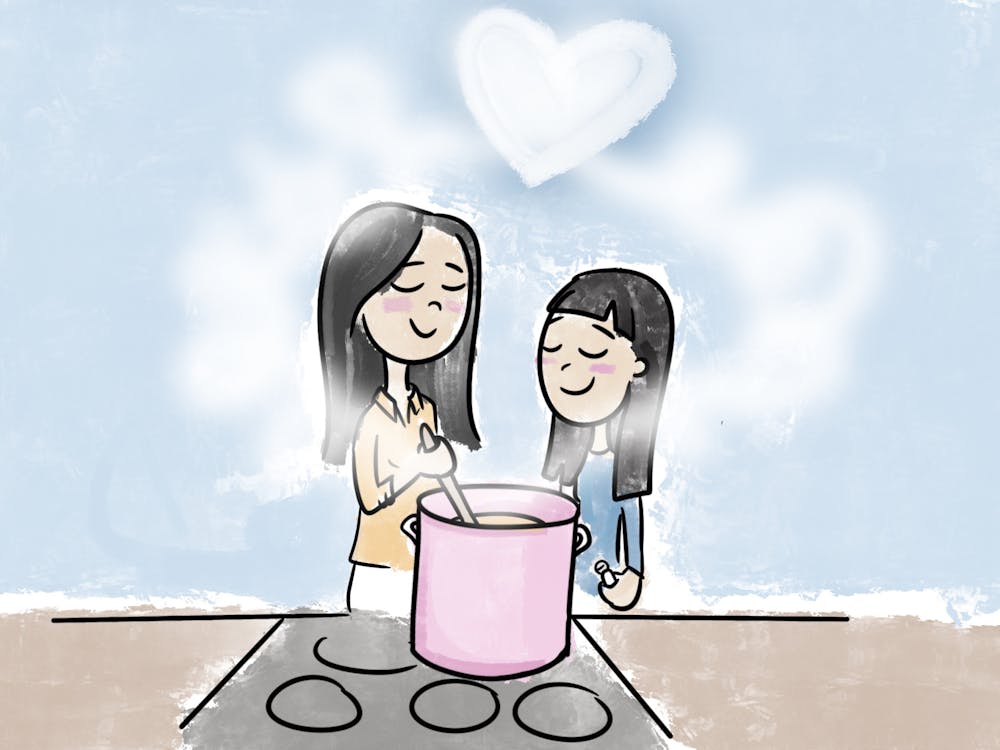With an undergraduate University community totaling about 13,000, it seems quite easy for a student to become lost in the crowd.
One possibility to defend oneself from anonymity is to attend the "office hour" -- a term that has been ingrained in all University students upon their entrance into college life.
While most professors and TAs encourage their students to take advantage of office hours on some level -- for questions, concerns or just personal interaction beyond the classroom -- many students never show.
Whether students feel as though they are imposing with unimportant concerns or too nervous or intimidated to approach their distinguished professors, it's necessary to ponder just what a student is missing in doing so.
"I've had a really positive experience with office hours," said first-year College student Courtney Mallow, who went to all her professors' office hours at least once last semester. Office hours are "a good opportunity to meet your professors outside of class and get to know them as people and not just as lecturers."
Since Mallow said she was a bit anxious when she went to meet a professor for the first time, she came "armed with a question." Once students get through that initial meeting, office hours "can be a very rewarding experience," Mallow said.
On multiple occasions, Mallow said she would even stop in to her professor's office to say hello or talk about topics unrelated to class material.
Given the opportunity to get to know her professors on a more personal level, Mallow said, "I would beat myself up over it if I had never gotten to know my professor throughout the entire semester."
Nevertheless, there are students who do not often go to office hours.
Second-year Engineering student Kimberly Everett said she finds it quite easy to seek out other Engineering students for help since many have to take the same classes. Everett said when she does have a question that can't be solved with the help of her peers, she would usually go to her TA's office hours instead of the professor's.
TAs are normally the "first chain of attack" for larger classes, according toProf. Dorothe Bach, also a faculty consultant at the Teaching Resource Center.
"I wouldn't bother professors in big classes unless I had a deep question [beyond] general understanding," Everett said.
Yet, there are potential benefits to getting to know a professor in a large lecture class -- and the sheer size of the class doesn't always translate into the intimidation factor of the professor.
While it is true that students are the ones who ultimately take the initiative to meet their professors during office hours, there are certain ways professors encourage students to take advantage of office hours.
In her 20-person seminar course, "I go out of my way to get to know [my students] individually early on," Bach said. "Office hours offer an excellent opportunity to learn about my students' backgrounds, their strengths and their challenges."
At the beginning of the course, Bach said she passes out an office hour sign-up sheet that requires each student to see her within the first couple weeks of school. Bach said she has always had success with this method.
"Because students have made the initial contact with me personally, it's easier [for them] to come back when a problem arises or simply to continue the conversation after class."
Most professors encourage students to frequent their office hours by advising they do so on the syllabus or the first day of class.
"Remind[ing] students over the course of the semester that they can come to your office hours" is an important gesture from professors, Bach said.
While students often focus on how office hours benefit them, professors often want to get to know their students, too.
"I want students to know that they and their concerns are personally important to me and that I am willing to accommodate them in any way I can," Dana Elzey, director of the Rodman scholars program, said. "Most [faculty members] are genuinely interested in cultivating real relationships with students and would much prefer to treat them respectfully, as future colleagues, [rather] than as charity cases."
There are times when professors go above and beyond to convey this message with their students. Bach said she invites her students to a meeting at her home early in the semester, fostering "an opportunity for discussion in a different environment."
Beyond office hours, there are quite a few other means for students to interact with their professors beyond the classroom and lecture hall -- for instance, the Lunch with a Professor program.
Last semester, Everett said she and one of her classmates asked their professor to lunch through the program. Going with a friend made the experience less intimidating, Everett said.
"We didn't really talk about his class in particular, but it was a chance to get to know him outside the class setting," Everett said. "I would be more comfortable [asking a professor to lunch] if I don't have a particular question."
Elzey noted there are many students passing up an opportunity that is right underneath their noses.
"I do think that students miss many of the greatest opportunities of their academic and perhaps professional life by the sin of omission -- not taking the risk to go knock on a door, strike up a conversation, ask for advice or express the desire to get involved in research," Elzey said.
This month, over 140 professors and TAs attended a teaching workshop organized by the Teaching Resource Center which focused on new ideas to facilitate the learning process, Bach said.
With such a significant turn-out, it is apparent there are "a lot of committed faculty members at the University, and students should take advantage," Bach said.
"Outside-of-class contact makes a difference in the University experience," Mallow said. "Possibly, students don't realize the value of going to see their professors during their office hours, but once they do, they'll realize that it's really not scary."




